Ghostrunner 2 is Dune meets Half-Life, says its art director
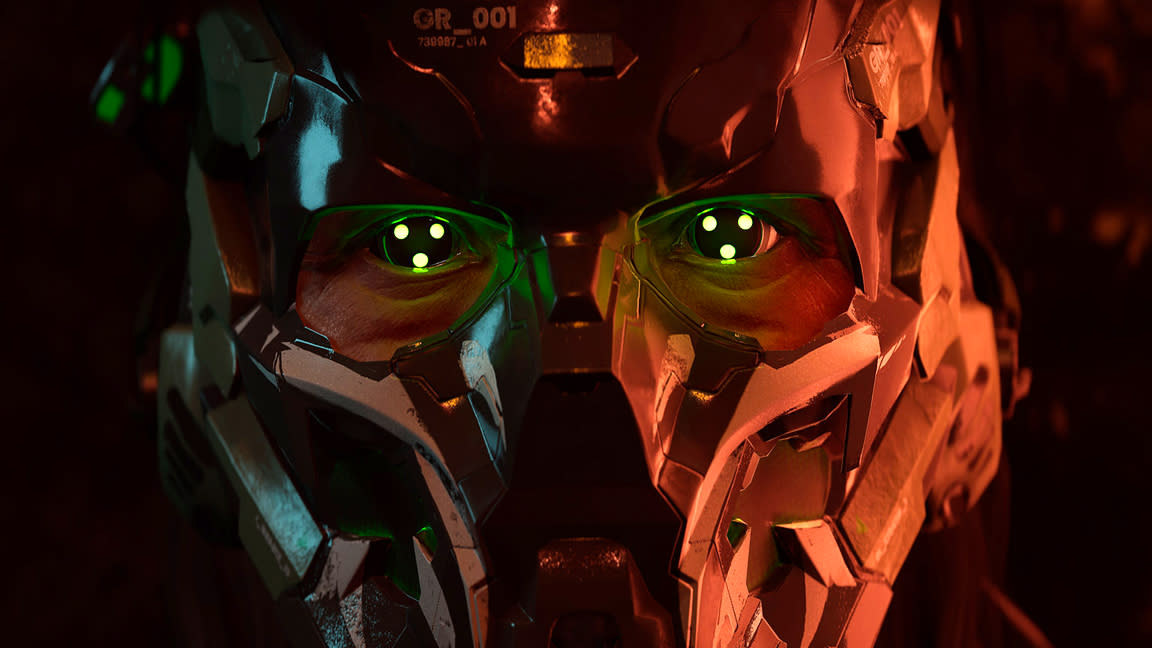
Ghostrunner 2 is a sequel that aims to push the boundaries of the original cult hit's artistic vision. You may have played in a cyberpunk dystopia before, but I doubt you will have experienced one that enables you run, leap, stalk and slash your way across a pulsing, high tech world quite like the city developer One More Level is crafting.
As a sequel Ghostrunner 2 must adhere to the same rules as the original game; the parkour gameplay returns, as does the incredible turn of speed, nail-chewing difficulty, unique blend of platforming, physical puzzling and inventive combat. There's a demo available now on PS5 - read my PlayStation 5 review for why this console still impresses - as well as PC via Steam and Xbox Series X; the game releases 26 October.
This feels like a true next-gen step-up from the first cross-gen game that released in 2020, and Ghostrunner 2 is making use of Unreal Engine 5 to bring its bright, stylistic world to life. (Also read my reflections on Lords of the Fallen's use of UE5 for another example of this engine's use.)
Below I meet Ghostrunner 2's art director Wojciech Wilk to discover the artistic decisions made to bring this energetic cyber-ninja sequel to life. The team made use of interesting new tech, Unreal Engine 5, and drew on a mix of influences to bring this expansive sequel to life.
Ghostrunner 2 interview: Wojciech Wilk
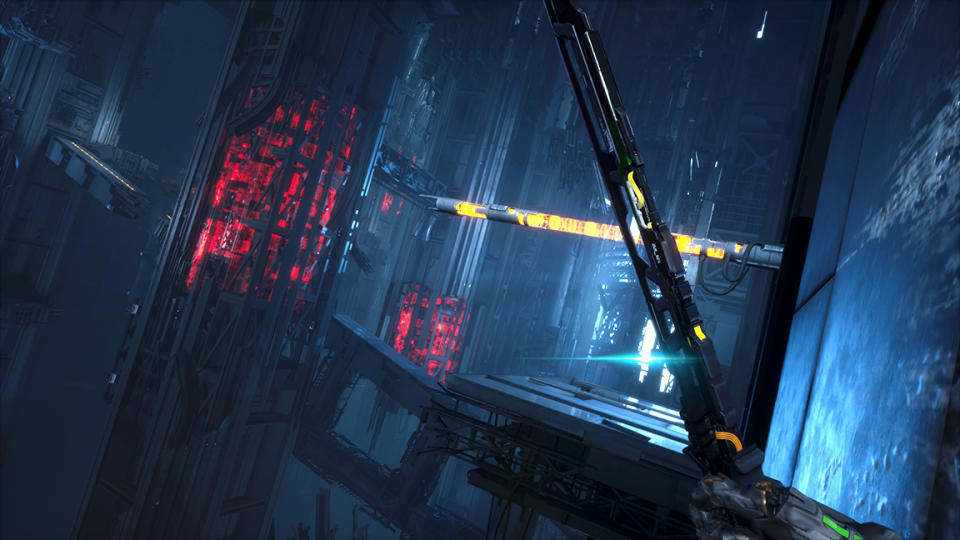
Could you provide insight into the overall artistic vision for Ghostrunner 2?
"As the Art Director for Ghostrunner 2, my goal is to push the boundaries of the game's artistic vision while staying true to the core aesthetic that players loved in the first game. Ghostrunner's world is a cyberpunk dystopia, and in the sequel, we aim to delve even deeper into this gritty, high-tech universe while expanding upon the foundation laid by the original game.
"It was very important for us to maintain coherence between those two games - to transfer that dystopian atmosphere to the next part, but in a form that is even more mature and grown-up.
We analysed what was best in Ghostrunner, distilled it, and absorbed it into the second part, while simultaneously adding a wide spectrum of new features and solutions, including a specific focus on character design. We also paid significantly greater attention to the fidelity of details to immerse the player even further."
What were the main sources of inspiration that guided Ghostrunner 2's art direction?
"The main inspiration still came from the genre classics like 'Blade Runner,' 'Neuromancer,' and 'Ghost in the Shell,' which have had and continue to have a significant influence on the perception of the genre and lay its foundations.
"Every artist on our team is a fan of cyberpunk and is well-versed not only in the genre's classics but also in lesser-known examples. In particular, the manga 'Blame' played a significant role in shaping my work and vision. It masterfully captures the sense of hopelessness and constant threat that we wanted to reflect in our game.
"It's important to highlight our endeavour to merge cyberpunk with post-apocalyptic visions of the world following a major catastrophe. Productions such as Dune, Mad Max, The Book of Eli, and even Half-Life have significantly influenced the visual aspects of certain parts within the Ghostrunner world."
Can you discuss the new technology used in Ghostrunner 2's art development?
"Ghostrunner 2's art development has embraced several new technological advancements and techniques that differentiate it from its predecessor. Notably, we used Blender geometry nodes to create procedural generative content, enhancing the depth and complexity of our world-building.
"To empower our level artists, we integrated procedural mesh components, granting them the flexibility to craft dynamic environments that seamlessly meld with the gameplay mechanics.
"Our animation team were significantly elevated through tools like "jaly" for face animation, further immersing players in the emotive journeys of our characters. An in-house motion capture setup facilitated lifelike character movements and interactions, enriching the authenticity of the gameplay experience.
"We widely used editor utility widgets to create tools that simplify workflows across all departments. These tools made tasks easier for everyone in different departments.
"On the creative front we used a ton of new add-ons, one of them really simple but yet powerful “Theter” - cable creator and simulation tool - a cable creator and simulation tool that proved indispensable for enhancing the aesthetics inherent to cyberpunk environments.
"Furthermore, our quest for optimal lighting preview setups was realised through path tracing, an innovative technique that facilitated swift and accurate lighting adjustments directly within the engine.
"In conclusion, the art development of Ghostrunner 2 showcases our dedication to pushing technological boundaries. By blending procedural generation, advanced animation tools, motion capture, and a focus on efficiency, we've crafted an eye-catching and immersive experience that distinguishes it from the previous game."
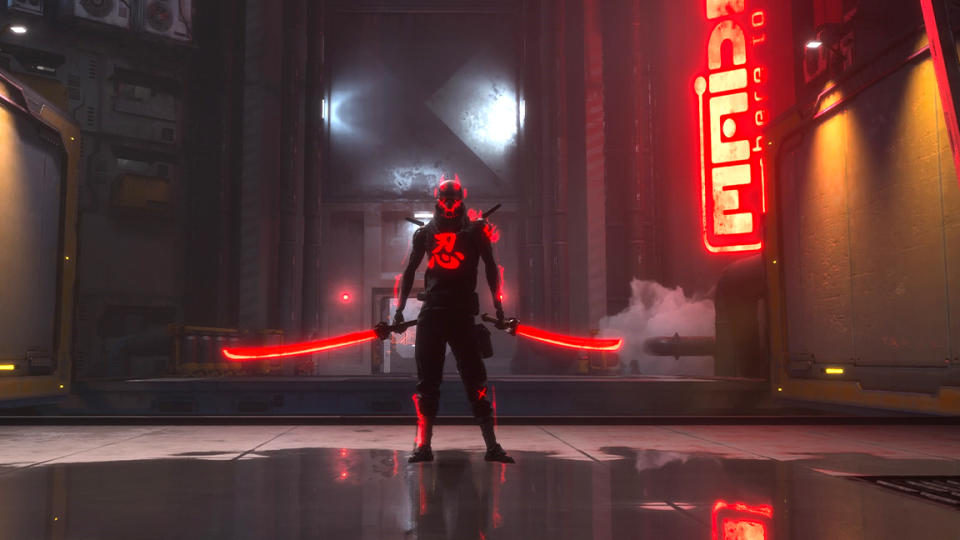
What challenges did you face in creating Ghostrunner 2's environments?
"Our path was filled with numerous obstacles. Translating the world crafted by our concept artists into the realm of a fast-paced arcade game posed a significant challenge.
"Due to the swift and dynamic gameplay, the levels on which we play are vast, and the player's movement is highly dynamic. In one moment, we find ourselves at the beginning of a level, and just a minute later, we could be at the end of an arena, covering significant distances. This created a substantial demand for assets, which also placed considerable pressure on our level artists, who had to meet the high requirements associated with the production of Ghostrunner 2.
"Additionally, performance issues emerged on our horizon as a consequence. However, thanks to our highly skilled team, we managed to address these issues efficiently."
What considerations do you take into account when designing enemies and bosses?
"There are numerous factors that demand our consideration. Our concepts are rooted in the character's class and mechanics. Effective design is essential, and the visuals must reflect the character's dynamics and intended design. Given Ghostrunner's fast-paced nature, visual clarity for enemies is crucial. Players should effortlessly identify adversaries from a distance and rapidly plan their course. These are the primary elements we must account for from a design perspective.
"In the process of developing the visual style, our aim was to feature a wide array of enemies that would captivate the player visually. We tried to craft captivating shapes across all enemy types. Designing bosses was particularly exhilarating as it granted us the freedom to expand our creative boundaries, especially when playing with scale."
How did you approach redesigning the main protagonist of Ghostrunner 2?
"Our primary objective for Ghostrunner 2 was to refresh the design of our protagonist. We managed to capture his enhanced abilities and character essence through fresh shapes, while preserving his original identity. The result is more dynamic, refined, and aggressive.
"In the sequel, the introduction of the NPC system and hub area prompted us to adopt a distinctive approach to designing these allay characters. Collaboration with the narrative team was essential as we aimed to forge captivating and visually suitable designs.
"Our designs serve as visual narratives that illuminate the characters' inner struggles and stories. Furthermore, we sought to seamlessly integrate these designs with environmental storytelling, with a special focus on the hub area."
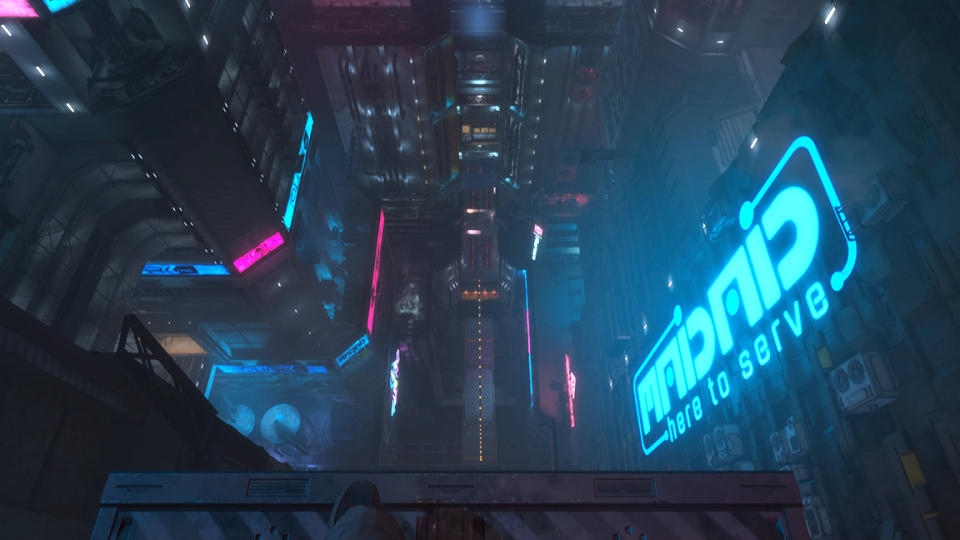
Can you discuss any collaborative efforts between the art team and level designers?
"Collaboration between Ghostrunner 2's art team and level designers played an essential role in seamlessly integrating visuals and gameplay. Our objective was clear: to create levels that were not only enjoyable from a gameplay perspective but also visually captivating and memorable. Achieving this balance was well-established in the on-foot sections of Ghostrunner. However, challenges emerged in sections involving motorbikes, a new addition. This presented a unique difficulty, as it was an uncharted territory for us.
"Navigating these unanticipated challenges required constant communication with the level art team. This ongoing feedback loop facilitated the alignment of our artistic vision with gameplay demands, particularly in these highly dynamic motorbike segments. Through this collaborative effort, we were able to ensure that our artistic aspirations and the game's believability harmoniously coexisted, resulting in a coherent and thrilling player experience."
Were there any unexpected artistic directions that emerged during the development?
"We aim to minimise unexpected events in our development process, though being in the creative environment of game development means that such occurrences are inevitable.
"One specific setting we were crafting emerged as a challenge – a quiet, desolate environment with a surrealistic quality. Initially, it felt lacking and lacked intrigue. To address this, we embarked on an experimental journey. Gradually, we introduced architectural elements, gradually shaping it into a surrealistic vision that merged cyberpunk aesthetics with the essence of a classic gothic cathedral. This unexpected transformation was an evolving process, rather than an abrupt event.
"In the production realm, we find that working through iterations and gradually progressing yields better results. This approach allows us to craft our vision with greater comfort, adapting to unexpected turns while ensuring a cohesive and compelling end product."
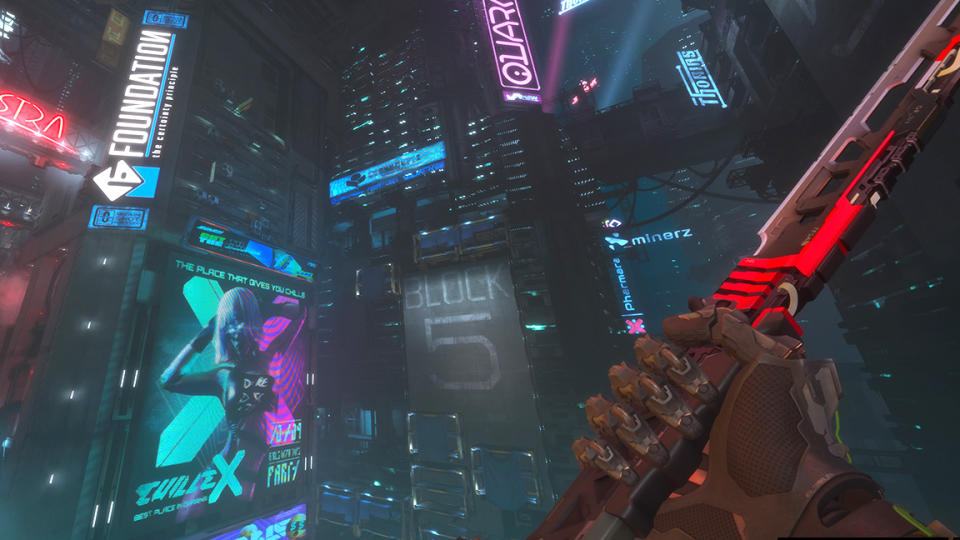
Ghostrunner 2 releases 26 October and is one of the year's most eagerly anticipated video game releases. Featuring a new dialog system and a hub system to explore the world in detail, it's a follow-up that promises to build on the parkour combat of the original, matched with an eye-catching visual design. Find more details at the official Ghostrunner 2 website, including pre-order exclusives.
If you're a keen gamer, take a look at our guide to the best laptops for video games and our PS5 versus Xbox Series X feature. If you're interested in game development, read our guide to why everyone is obsessed with Unreal Engine 5 and Unity.

